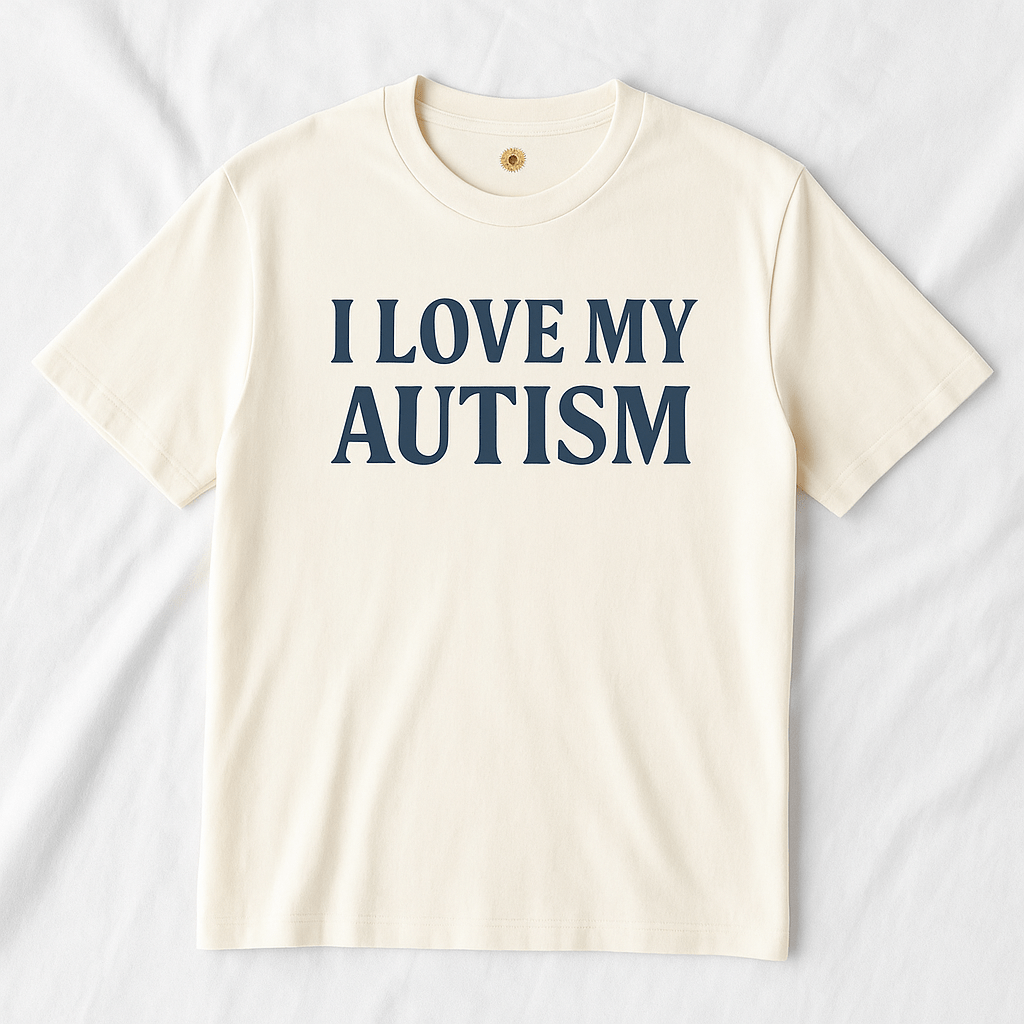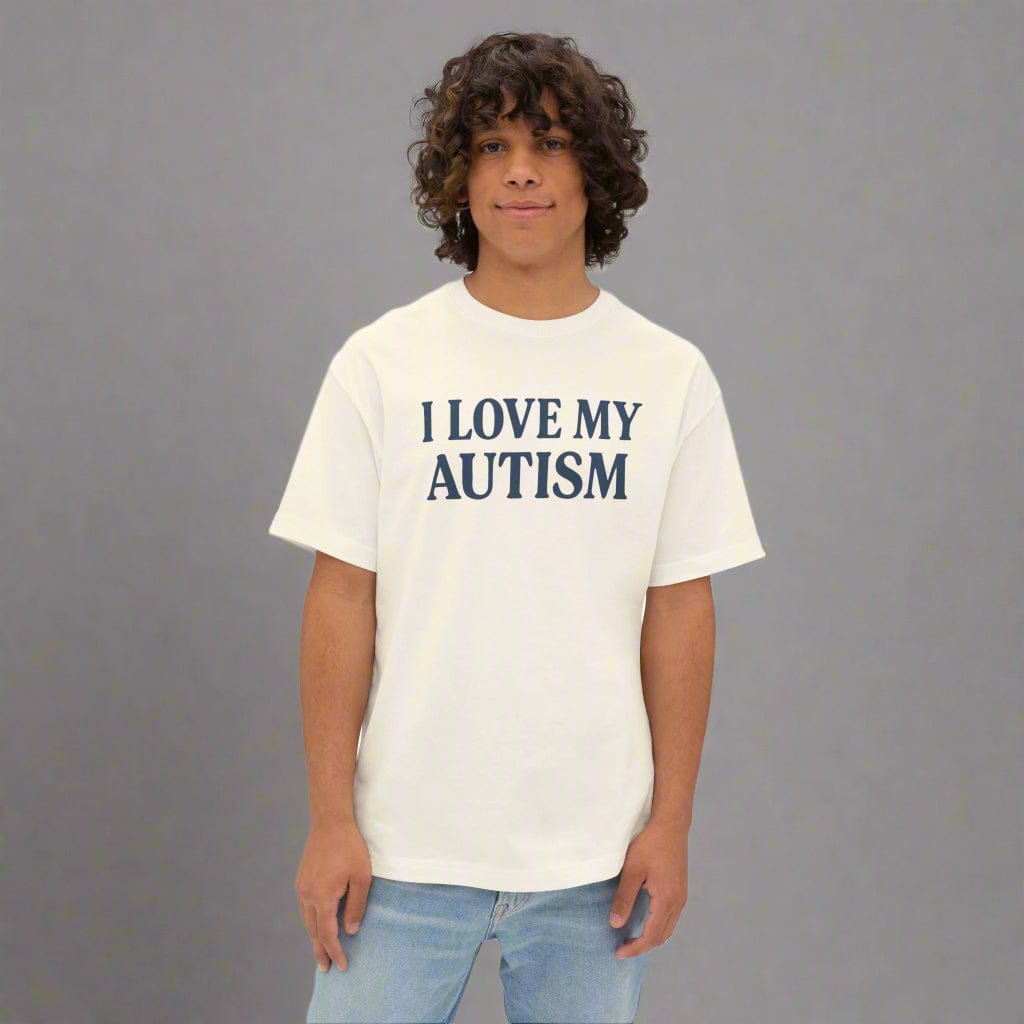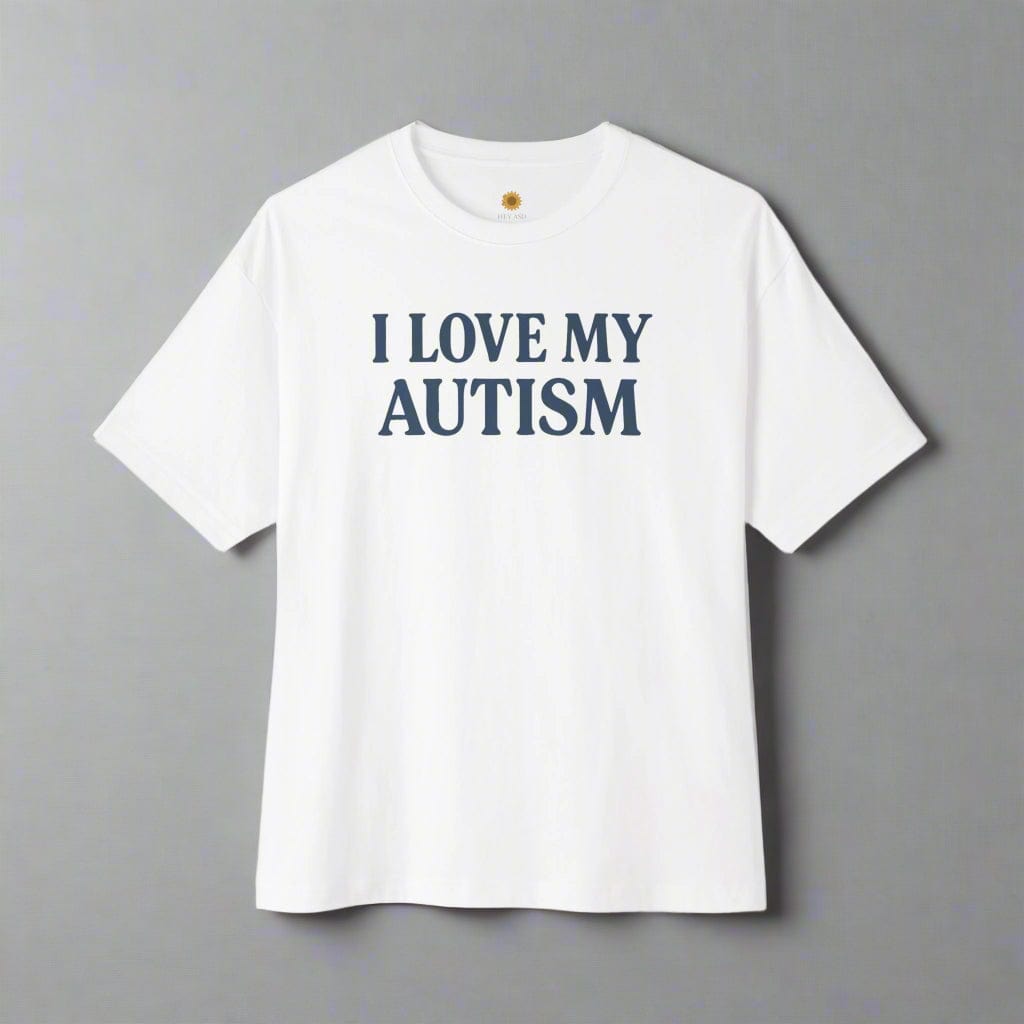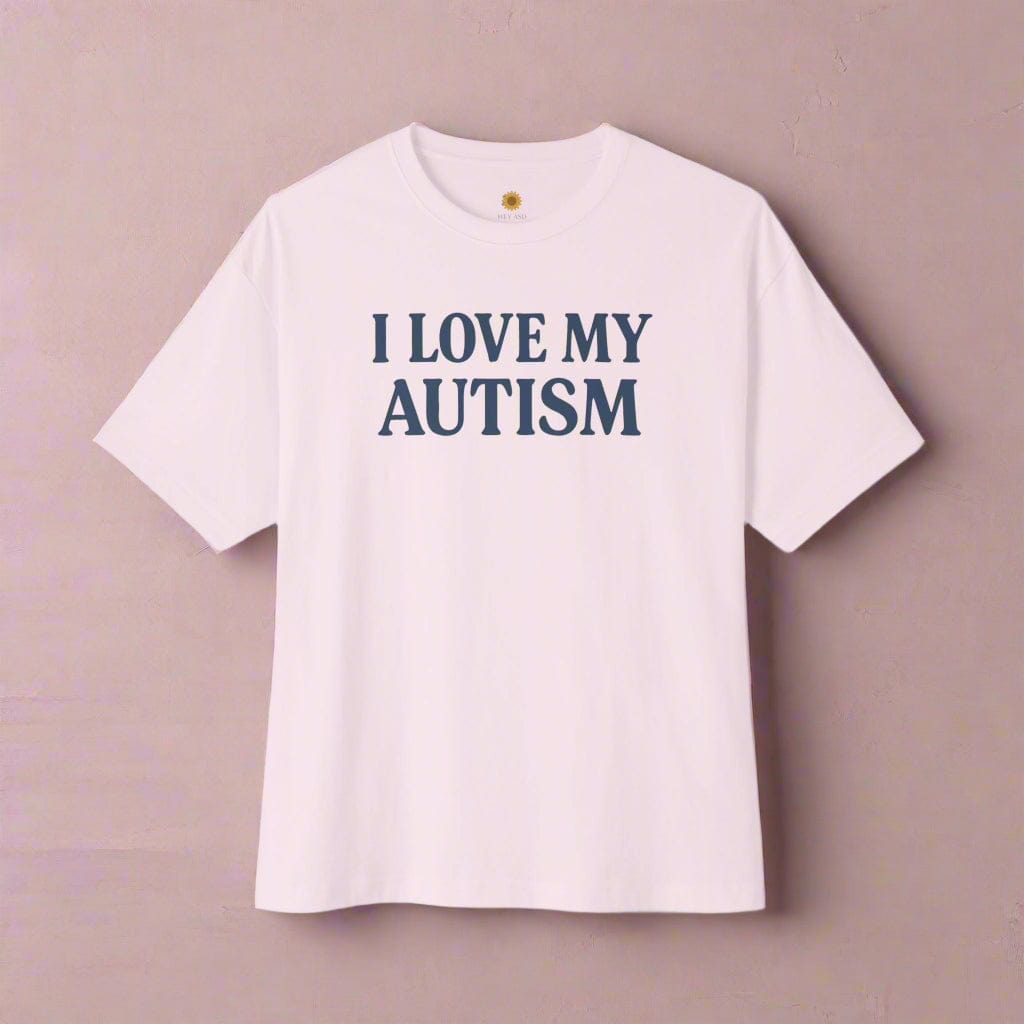Stimming in Autism: The Ultimate Guide to Understanding Repetitive Behaviors

Written by the HeyASD Editorial Team
Stimming (short for self-stimulatory behavior) is one of the most recognizable yet misunderstood aspects of autism. It involves repetitive movements, sounds, or actions that help autistic people regulate sensory input, manage emotions, and express themselves. While non-autistic people stim occasionally (like tapping a pen or humming a tune), for autistic individuals stimming is more frequent, purposeful, and essential for well-being.
This comprehensive guide explores what stimming is, the many forms it takes, why autistic people stim, common misconceptions, strategies for support, and insights from autistic adults. By the end, you’ll have a deeper understanding of stimming as a valid and vital coping mechanism rather than something to suppress.
What is Stimming?
Stimming refers to repetitive behaviours—such as rocking, hand flapping, humming, or finger tapping—that provide sensory regulation and emotional relief. It is a natural and adaptive response to the challenges autistic people face in processing sensory information.
- Physical stimming: rocking, spinning, hand flapping, pacing.
- Vocal stimming: humming, echolalia (repeating words/phrases), making sounds.
- Sensory stimming: rubbing textures, tapping, playing with objects.
While often linked to autism spectrum disorders, stimming also occurs in other neurodivergent conditions, such as ADHD stimming or tic disorders.
New to Stimming?
If you’ve only recently heard the word “stimming,” you’re not alone. Many autistic adults discover the term later in life and finally have language for something they’ve always done. You might recognize yourself in common stims—like rocking, tapping, humming, or spinning objects—and suddenly realize: this has a name, and it matters.
For autistic people, stimming is not strange or “wrong.” It is a sacred part of our identity, a way of calming, grounding, and expressing ourselves. That’s why at HeyASD we created the “Stimming is Sacred” pillow—a gentle reminder that your need to stim is valid, not something to hide. Our stim-friendly jewelry, etched with textures, also offers a discreet way to stim and self-regulate in daily life.
Whether you are new to stimming or have embraced it for years, this guide will walk through the different types, benefits, challenges, and supportive strategies—so you can feel understood and empowered.
Types of Stimming (with Examples)
Autistic people stim in diverse ways, depending on their sensory profile and emotional state. Here are the most common forms:
1. Visual Stimming
- Watching spinning objects or flickering lights
- Waving fingers in front of the eyes
- Staring at patterns or repetitive movements
2. Auditory Stimming
- Humming or singing the same note
- Repeating phrases or sounds (echolalia)
- Tapping objects to create rhythmic noise
3. Tactile Stimming
- Rubbing fabrics, hair, or skin
- Scratching, hair pulling, or finger biting
- Using fidget toys to create sensory feedback
4. Vestibular Stimming
- Rocking back and forth
- Spinning in circles
- Jumping or bouncing repetitively
5. Proprioceptive Stimming
- Pushing against walls or heavy objects
- Clenching muscles tightly
- Using deep pressure for grounding
Why Do Autistic People Stim?
Stimming is not random. It serves clear purposes for autistic individuals:
- Sensory Regulation: Helps balance overwhelming or underwhelming sensory input.
- Emotional Regulation: Relieves anxiety, stress, or excitement.
- Communication: Expresses needs or emotions when words are hard to find.
- Focus and Concentration: Provides stimulation that aids attention in repetitive tasks.
- Comfort and Familiarity: Creates predictability in an unpredictable world.
“For me, stimming is like breathing—it’s how I keep myself calm and connected to my body.” — Autistic adult, personal account
Stimming and Sensory Overload
One of the biggest triggers for stimming is sensory overload. Loud noises, bright lights, or crowded environments can overwhelm the nervous system. Stimming helps reduce stress and restore a sense of control. For example:
- Rocking back and forth to block out overwhelming sound
- Humming to drown out background noise
- Squeezing a stim toy to ground oneself during anxiety
Positive and Negative Effects of Stimming
Like all coping mechanisms, stimming has both benefits and challenges.
Positive Effects
- Provides comfort and self-regulation
- Supports mental health and reduces anxiety
- Helps with focus and concentration
- Acts as a tool for communication and self-expression
Challenges
- Self-injury: behaviors like head banging or biting can cause physical harm
- Disruption: some stims may interfere in quiet or group settings
- Stigma: non autistic people may misinterpret stimming as “strange” or “inappropriate”
- Social pressure: autistic people may hide stimming due to fear of negative reactions
Perspectives from Autistic Adults
Many autistic adults emphasize that stimming is essential for well-being. Some find creative ways to stim more discreetly in public (like using a stim ring or silent fidget toy). Others advocate for full acceptance, highlighting that suppressing stimming can increase stress and harm mental health.
By listening to autistic adults, we learn that stimming is not something to “fix” but rather something to understand and support.
Managing Stimming Safely
Stimming should never be forcibly stopped. Instead, support focuses on safety and alternatives:
- Provide sensory alternatives: fidget toys, weighted blankets, chewable jewelry
- Create safe spaces: allow stimming without judgment at home, school, or work
- Encourage acceptance: educate others that stimming is a valid coping mechanism
- Seek occupational therapy: when stimming causes harm or interferes with daily life
- Build self-awareness: help autistic individuals choose safe stimming strategies
What Does Research Say About Stimming?
Studies in the Journal of Autism and other research outlets show:
- Stimming is far more common in autistic people than in non autistic people
- Suppressing stimming increases anxiety, stress, and risk of self harm
- Allowing safe stimming supports mental health and well-being
- Autistic adults who embrace stimming report higher self-acceptance and resilience
Helpful Resources on Stimming
- Autism Society – Advocacy, education, and community
- National Autistic Society – UK-based support and resources
- Spectrum News – Autism research and lived experiences
- Autistic-led blogs, TikTok, and Instagram creators sharing real stimming experiences
Stimming FAQs
- Is stimming only linked to autism?
- No. While common in autism spectrum disorders, stimming also appears in ADHD, anxiety, and other developmental disorders.
- Should stimming be stopped?
- No. Unless it causes physical harm, stimming should not be suppressed. Instead, offer safe alternatives and acceptance.
- Can stimming be a form of communication?
- Yes. Repetitive movements and sounds can signal joy, distress, or a need for support when verbal communication is difficult.
- How do I support an autistic person who stims?
- Respect their need to stim, provide safe sensory tools, and advocate for environments that accept stimming behaviors.
- Is stimming a sign of mental illness?
- No. Stimming is not a disorder—it is a coping mechanism. While listed in diagnostic criteria, it is part of natural autistic experience.
Join Hundreds of Autistic Adults Feeling
More Comfort in Their Own Skin
Use code WELCOME10 for 10% off your first order.
Start Your Comfort JourneyConclusion
Stimming is not a weakness or a problem—it is a strength, strategy, and language. For autistic adults and children, stimming supports self-regulation, expression, and mental health. By reframing how society views stimming, we can move from stigma to acceptance, creating environments where autistic people thrive.
On This Page
Frequently asked questions
What is stimming and why do people with autism engage in it?
How can stimming help with sensory regulation and emotional well-being?
What are some common types of stimming behaviors I might notice?
When might stimming become harmful or disruptive, and how can it be addressed?
Are there sensory-friendly products, like calming blankets or comfortable clothing, that can support managing stimming behaviors?
How can I support a loved one who stims without making them feel judged or isolated?
What strategies can help balance stimming with social interaction and daily activities?
Where can I find autism support resources to learn more about stimming and emotional regulation?
How can sensory tools or Autism-themed decor create a more sensory-friendly living space for someone who stims?

About the HeyASD Editorial Team
Autistic‑owned • Values‑led • Sensory‑friendly design
We are autistic creators, writers, and advocates dedicated to producing resources that are practical, sensory-aware, and grounded in lived experience. Our mission is to make information and products that support the autistic community accessible to everyone, without jargon or condescension. Learn more about our team.
This article is written from lived autistic experience and an evidence-aware perspective. It is for general informational purposes only and should not be taken as medical, legal or therapeutic advice.
Always consult a qualified clinician or occupational therapist for individual needs and circumstances.

About Our Autism Blog
HeyASD isn’t just a store, it’s a calm, supportive space created by and for autistic adults. Our blog shares sensory-friendly tips, identity-affirming stories, and heartfelt resources for navigating life as an autistic person. Whether you're late-diagnosed, exploring your needs, or supporting someone you love, you're welcome here.
Thank you for reading. We hope these resources bring comfort and clarity.





































